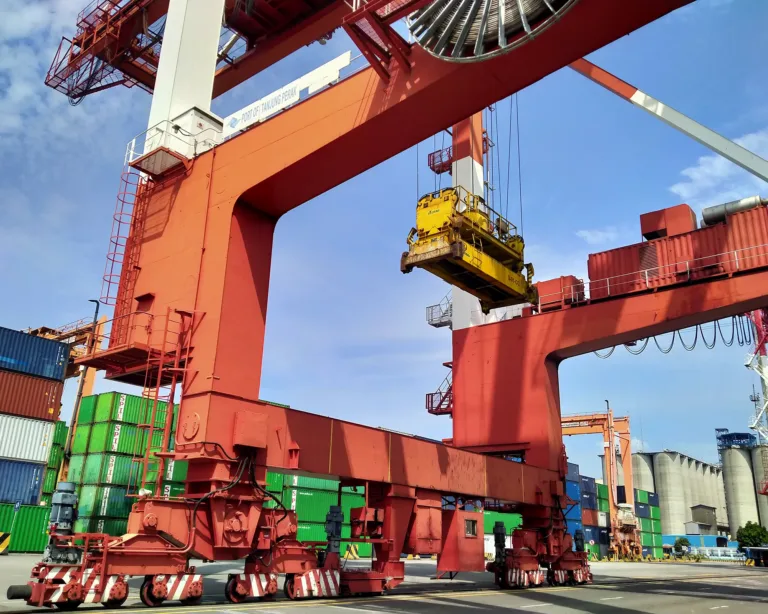ASEAN Maritime Industry: Efficiency and Safety
Maritime industries in ASEAN face following challenges: efficiency and safety. The maritime industry -shipping, port, fishery and logistics- is highly fragmented.
By Pranala Digital Transmaritim
07 January 2015
Maritime industries in ASEAN face following challenges: efficiency and safety. The maritime industry—shipping, port, fishery and logistics—is highly fragmented. On one hand, they are very internationally oriented. ASEAN market becomes one, more intra ASEAN trade increases rapidly, soon ASEAN Economic Community becomes a reality by 2015. Goods and people move more easily, as barrier becomes lower.

Loading process at Tanjung Perak Port (2015). Photo: Pranala Digital Transmaritim
ASEAN Economic Potential
Its recent 5.1% GDP growth in 2013, or 5.9% average growth in the past four years since 2010, is a strong modality towards a prominent economic powerhouse in Asia. The optimisms have a foundation as the regional politics remain stable, as the quality of democracy has been improving. Is it the end of the story? No, absolutely not. The forecast seems to be marked with optimism, with some remarks. ASEAN maritime industry is highly fragmented.One hand, a few shipping companies and shipyards are pretty advanced, modern and efficient. A remaining majority lags behind. The modernisation virus does not seem to infect those small, and traditional ones. It is a matter of time.
Efficiency and Safety
Two important issues are efficiency and safety. Efficiency goes usually hand-in-hand with productivity. Shorter port time enables ships to make more round voyages, to carry more cargoes, and to cut logistics costs. Logistics costs determine increasing the competitiveness of the traded goods, beside the production costs.
Safety, traditionally viewed as a burden instead of a minimum requirement for operations, needs more attention. Ship accidents especially for small ships have been costing human lives are at an alarming phase, now. Measures should be done to improve the level of safety in the maritime industry.
What to do? ICT serves as a soft infrastructure, proves to be cost-effective.
